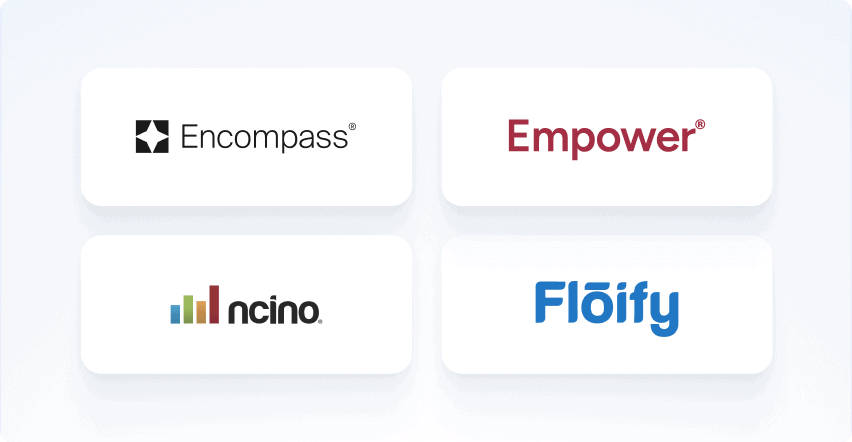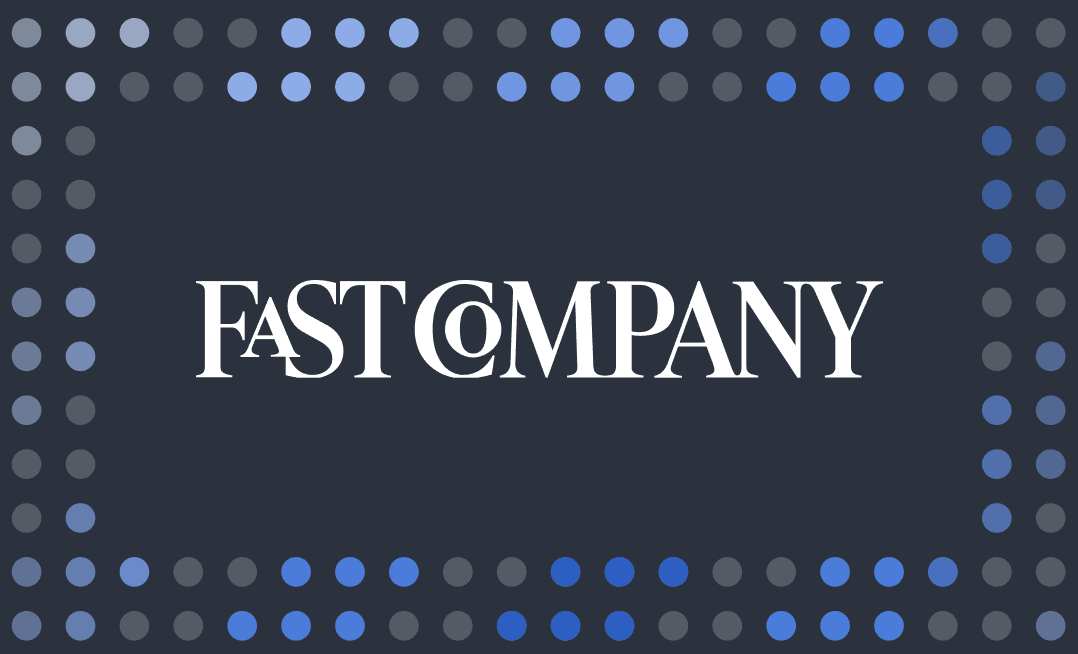Our recent article highlights the rising costs of manual verifications, the impact on CRAs, particularly in this economic climate, and how payroll connectivity is the way forward.
Inflation, labor market changes, and recent recession predictions present a stark reality for the background check industry. For consumer reporting agencies (CRAs), these factors have compounded the strain of manual employment verifications and cost-intensive third-party employment verification services.
In a recent article in the Professional Background Screening Association (PBSA) Journal, Debbie Klarfeld, industry-leading background check expert and Argyle’s advisory board member, explores the true cost of manual verifications in 2024. More importantly, she highlights a silver lining: how CRAs can leverage technology to gain a competitive advantage.
You can read a full version of Debbie’s article by visiting this page. Alternatively, you can read some of the key takeaways below.
The problem with manual verifications
Manual employment verification processes, while seemingly a cost-saving measure against expensive third-party services, bring significant inefficiencies. The need for faster turnaround times (TAT) in a tight labor market clashes with the slow pace of manual verifications, which typically extends beyond five days.
Here’s the larger problem: this not only inflates labor costs, potentially up to $6 per verification, but also introduces a risk of increasing unverified records, a scenario incompatible with today’s digital-first expectations.
The ripple effects of manual verification methods on CRAs
The reliance on outdated, manual employment verification methods creates a cascading effect on CRAs. The increased operational costs and elongated TATs discourage their customers from opting for employment verifications, reducing CRA revenue and increasing the cost of goods sold (COGS). Clearly, this situation is unsustainable in an industry where efficiency and accuracy matter most.
The promise of payroll connection technology
Fortunately, there’s a ray of hope as payroll connections offer a streamlined alternative. By giving CRAs real-time access to applicants’ employment data straight from the source (i.e., applicants’ payroll accounts), payroll connections significantly reduce CRAs’ verification times and costs. Essentially, these technology solutions leverage consumer permissions to automate the employment verification process, improving accuracy and efficiency.
The strategic advantage of automation
Adopting payroll connectivity addresses the immediate challenges of manual verification and positions CRAs for future growth. Here’s how:
Client retention: Payroll connectivity empowers CRAs to retain customers deterred by high costs and slow processes while attracting new customers with the promise of quicker, more reliable verifications.
Protects privacy: It also facilitates discreet verifications without alerting an applicant’s current employer, addressing privacy concerns and enhancing applicant experience.
Mitigates the drawbacks of manual verifications: This includes labor costs, management issues, and most importantly, errors due to outdated information.
Making the switch
CRAs now face a critical decision: continue with the costly, inefficient manual verification processes or embrace the competitive edge offered by payroll connectivity technology. The benefits of making the switch, such as boosting top-line revenue, reducing costs, and ensuring compliance without compromising on speed or accuracy, set the stage for a more profitable and sustainable business model.
Take the next step with Argyle
Explore the transformative potential of payroll connectivity with Argyle:
Streamline employment verifications
Reduce background check costs
Improve efficiency
Stay ahead in a competitive market
To learn more, read up on Argyle’s background check solution, or sign up for a free account to take the first step toward optimizing your background check processes.









